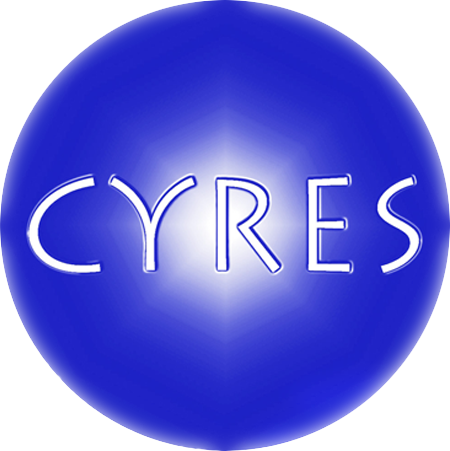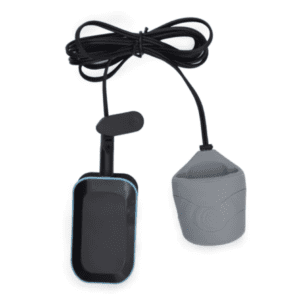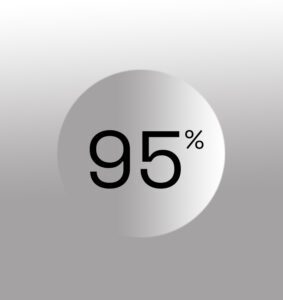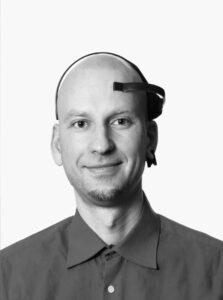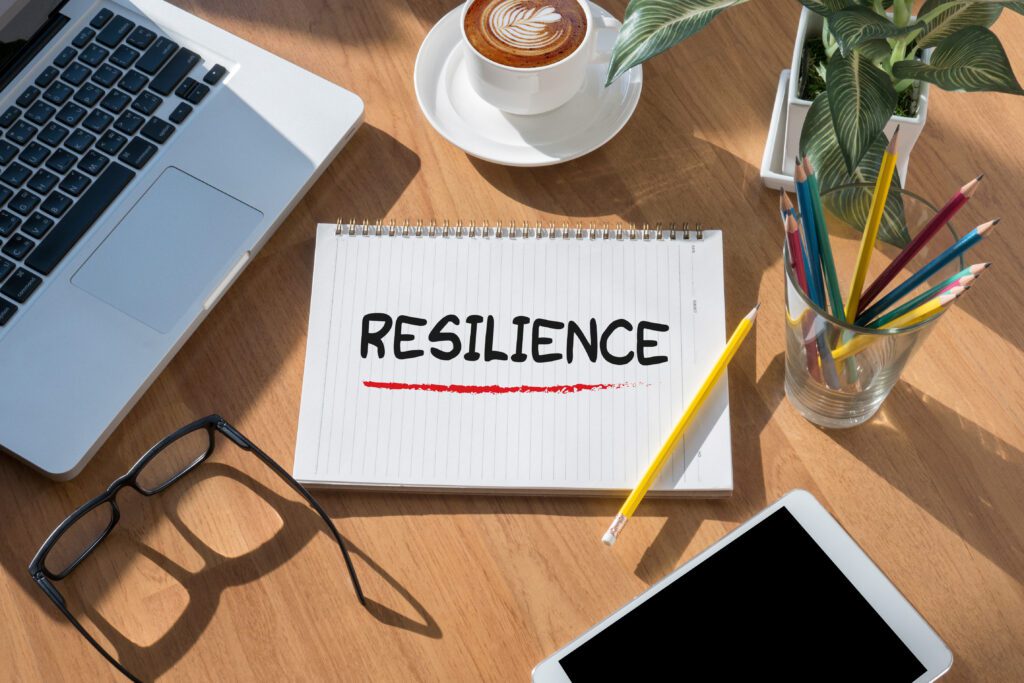Personal Coaching
Coaching is commonly used to describe one-on-one interactions that have the aim to make a person more effective and successful.
There are however 3 different categories that erroneously mixed up in this field:
- Therapy – On average a longer-term interaction where the client is recovering from emotional trauma that interferes with healthy day to day functioning.Some form of therapies can span over several years
- Counseling – Here a client needs a fast and targeted answer, a bouncing off of options with an expert in a specific field to find the best way to move forward.This normally involves limited number of sessions, could even be one session only
- Coaching – This is where a client develops a new skill, grows out of his/her comfort zone with the guidance of a professional.These are shorter term interactions, on average spread over a period of less than a year, with session ranging from 2-weekly to monthly sessions of maximum 2 hours per session.
Within Cyres we follow a 5-step approach in our coaching.
Step 1 – Intake
During an intake with the client, of about 1.5 hour, we define the goals of the coaching, the presence of motivation to change and we align expectations about what is possible in what timeframe. If there is a fit between coach and coachee, we move on to Step 2. The fit is important as coaching is fully confidential and one can only help and progress when there is a full sense of trust an openness.
Step 2 – Self Discovery
In this phase of the process, we define the strengths and weaknesses of the coachee, their motivators, allergies and energy balance. We get a clear view on the filter, the beliefs, through which the coachee looks at their environment. We also identify limiting beliefs that hinder potential growth. We look for the escape velocity and energy needed to evolve beyond present boundaries and comfort zone. Self-assessment tools can be used here like Myers Briggs Type Indicator, Management Drives, Insights, …
Step 3 – Mapping the Environment
To become successful, we need to understand how our environment works, what the drivers are of the environment. We define the power map of the organization. Those who have influence and those who whisper. Then we look for strategies on how to get the collaboration of this network so that we can more easily achieve our goals. Here the expertise of the coach plays a crucial role in identifying short cuts and sparring on what works in certain industries and cultures and what doesn’t work.
Step 4 – Tools and Skills
In this phase we focus on the tools and skills needed to achieve the goals set forth. This will be a combination of leadership skills, communication tools, conflict resolution handling, team enhancement, making rapport, effective change management, … Everything required to grow out of the comfort zone and become a bigger you. Some of the learnings here might involve role play, case studies.
Step 5 – Anchoring
This final phase trains and engrains the previous learnings into a new way of being who is ready and able to deal with the new challenges. We look at how behavior was in meetings, how conflict resolution went, logging and discussing of real-life situation and how the coachee dealt with these challenges, instilled with the new knowledge. Once the new behavior is instilled, and becomes second nature, the coaching is considered complete.
Category:
Date:
November 9, 2022
